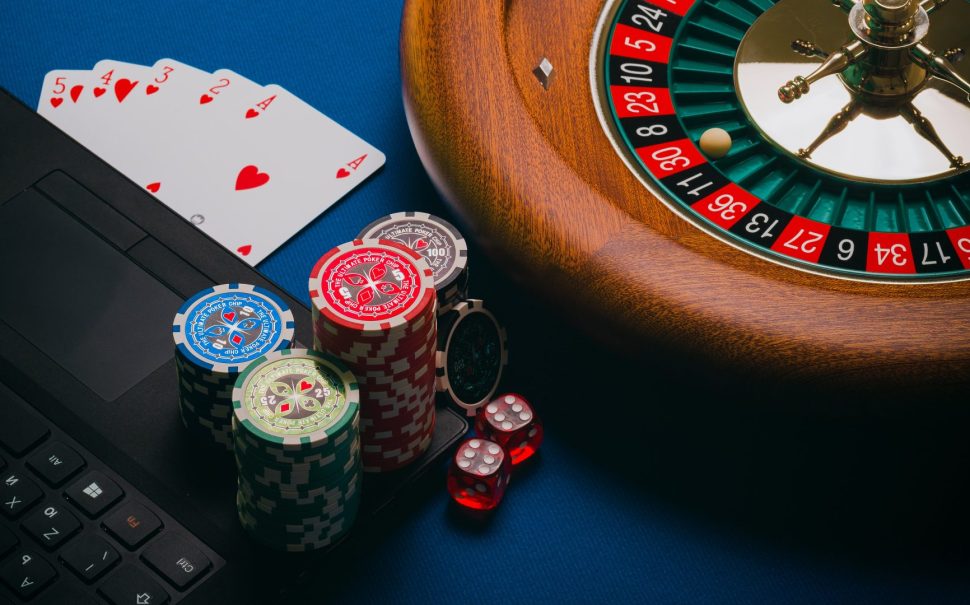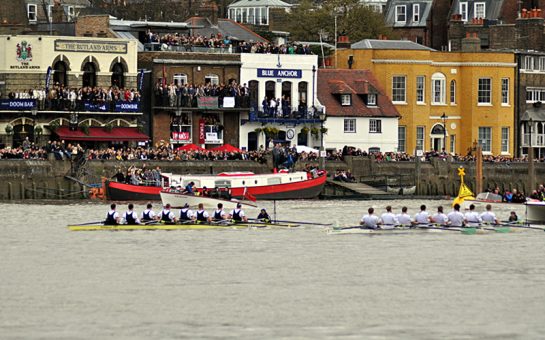When it comes to gambling, a lot of maths goes into it. You may not realise it, but the odds are always in favour of the house. There are ways to tip the scales in your favour, but you need to understand the basics first.
Reading guides provided by top casino experts for more in-depth information can be a good idea.
The mathematics behind betting odds and gambling is complicated with basic probability theory and even more advanced concepts in play. So whether you’re just starting or looking for ways to improve your edge, you will find something to interest you below.
What are Betting odds?
The possibility of an occurrence is expressed by betting odds. They are usually expressed as a fraction (e.g. odds of ½) or decimal (e.g. odds of 0.50). The higher the numerator, the greater the chance of the event happening, and vice versa for the lower number. For example, if the odds of an event are ½, there is a 50% chance of the event occurring.
There are three types of betting odds: fractional, decimal, and moneyline. The most popular application of fractional odds is in horse racing. They represent the money you will win if you bet £100 on an event. Commanders odds are one type of fractional odds.
Decimal odds are most commonly used in Europe, representing the amount of money you will win if you bet £100 on an event. Moneyline odds are used in baseball and boxing, representing the amount of money you will have to bet to win £100 on an event.
Converting Odds to Implied Probabilities
Implied probability is what the oddsmakers believe the probability of an outcome is. The higher the implied probability, the more likely they believe the result is. You can convert odds to implied probabilities with this formula: Odds = 100/ (implied probability).
For example, if a bookmaker has given Commanders a 50% chance of winning their next match, the bookmaker’s implied probability would be 100/(100/50) = 0.66 or 66%.
This is useful information for gamblers because it allows them to compare the odds of being offered with the bookmakers’ implied probabilities. If you think Commanders have a better chance of winning than the bookmakers, you bet on them.
Implied probability can also be thought of as the bookmakers’ margin. In the example above, the bookmakers have given Commanders a 50% chance of winning, meaning their margin is 100- (100/50) = 33%. The higher the bookmakers’ margin, the worse deal they are offering gamblers.
Why Does the House Always Win?
The house always wins because they have better odds. The casino sets the Commanders Odds, the probability of each number being rolled. They do this by changing the payouts for each bet. For example, a casino might set the Commanders Odds for blackjack at 50%. That means that for every £100 you bet, you’ll get £50 back on average. The casino sets the Commanders Odds so that they always make money in the long run.
The house edge is the difference between the true odds of a game and the Commanders Odds set by the casino. For example, if the true odds of blackjack are 50%, then the house edge is 0%. If the Commanders Odds are set at 48%, the house edge is -0.04%. Although it might not appear to be much, with time it adds up. In fact, over time, the house always wins.
You can read more here.





